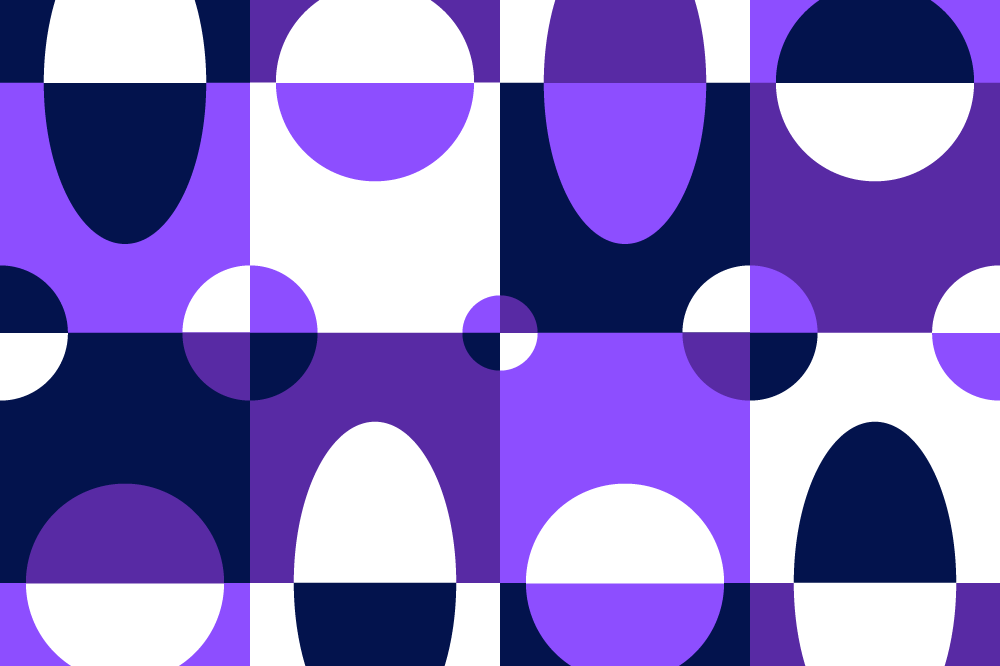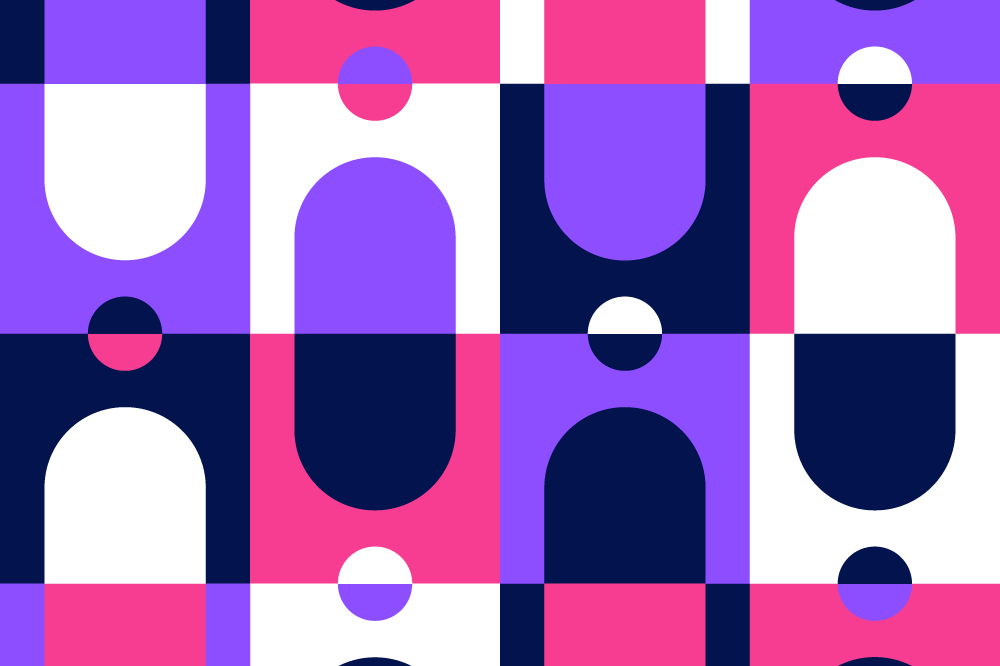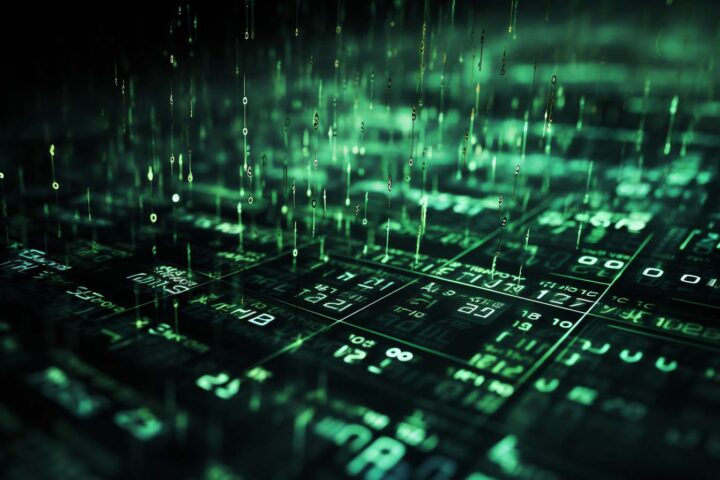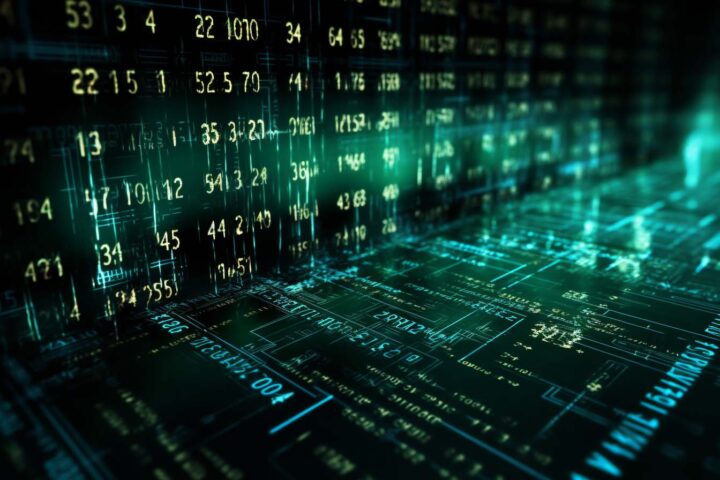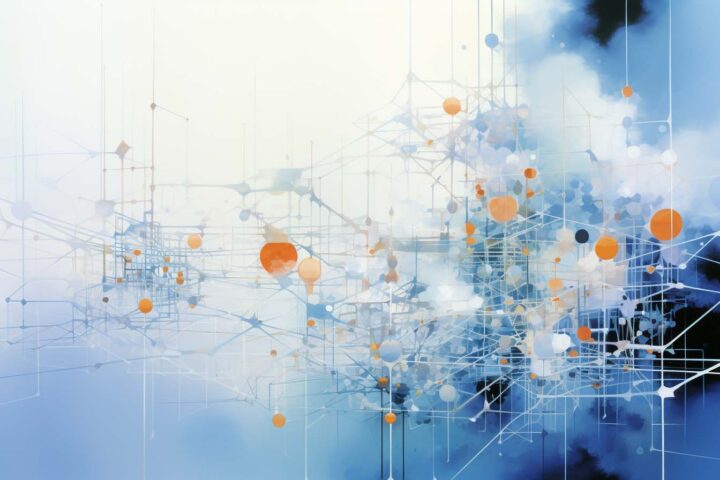TLDR: Ohio University Professor Implements AI in Digital Arts + Technology Courses
In a groundbreaking move, Ohio University professor Basil Masri Zada has integrated artificial intelligence (AI) into the Digital Arts + Technology curriculum. Using the Stable Diffusion AI tool hosted on Ohio Supercomputer Center (OSC) resources, students can explore AI as a creative tool to enhance their artwork.
Key Points:
- Ohio University professor Basil Masri Zada integrates AI into Digital Arts + Technology curriculum
- Students use Stable Diffusion AI tool hosted on OSC resources to create diverse artistic expressions
- AI tools raise questions about authenticity, copyright, and representation in the art world
Since the launch of the courses in 2023, students have been able to access Stable Diffusion remotely through OSC’s platform, allowing for a protected environment to experiment with AI-generated art. Masri Zada’s aim is to continue broadening the projects by incorporating more training data sets and enhancing AI software functionality while ensuring unbiased training materials.
Introduction to AI in Digital Arts:
Ohio University professor Basil Masri Zada of the Digital Arts + Technology program has spearheaded the integration of artificial intelligence (AI) tools into the curriculum. This move allows students to explore AI as a creative tool to produce diverse forms of artistic expression. Two main courses, ART 2110 Digital Art + Technology I and ART 3110 Digital Art + Technology II, place specific emphasis on utilizing Stable Diffusion Automatic 1111, a generative AI tool, to inspire, edit, and enhance student artwork.
AI Impact and Challenges:
The integration of AI tools in the art world raises questions about authenticity, copyright, and representation. Some students initially resisted using AI to create art due to concerns about biases in training materials. To address this, Masri Zada and his students explore the impact of training materials on AI behavior and strive to create more inclusive AI models.
Benefits of OSC Resources:
By hosting Stable Diffusion AI tool on OSC resources, students gain access to a protected environment for creating art. This remote access platform ensures privacy and control over generated data. Students have reported significant improvements in workflow and creative output by utilizing AI tools hosted on OSC resources.
Future Plans:
Masri Zada plans to expand the use of AI in more classes and enhance the software with additional functionality. By continuing to collaborate with OSC resources, the Digital Arts + Technology program will evolve alongside AI technology, providing students with new opportunities for creative exploration.

